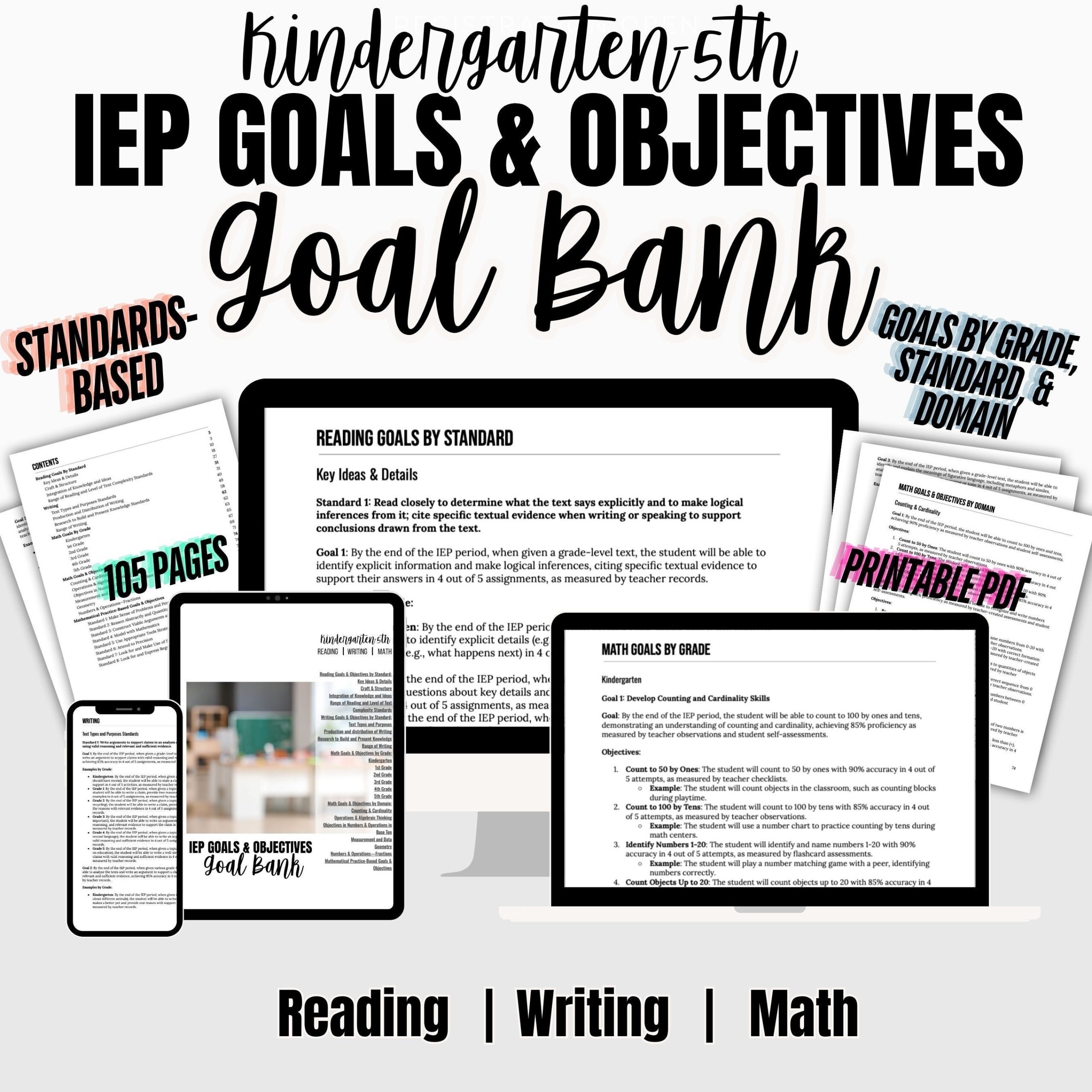When it comes to creating Individualized Education Plans (IEPs) for students with reading disabilities, it is crucial to establish specific, measurable goals that can be tracked and monitored. Measurable goals provide a clear roadmap for educators, parents, and students to gauge progress and make necessary adjustments to support reading development.
Setting measurable IEP goals for reading can help ensure that students receive the appropriate interventions and support they need to improve their literacy skills. These goals should be tailored to the individual needs and abilities of each student, taking into account their current reading level, strengths, and areas for growth.
Measurable IEP Goals for Reading
1. Increase reading fluency by accurately reading a grade-level passage aloud with 95% accuracy by the end of the school year.
2. Improve reading comprehension by answering multiple-choice questions about a text with 80% accuracy after reading independently for 20 minutes.
3. Enhance vocabulary skills by correctly defining and using 10 new words in written sentences over the course of a semester.
4. Develop phonemic awareness by correctly identifying and pronouncing all sounds in a given word list with 90% accuracy during weekly assessments.
5. Strengthen reading stamina by independently reading for 30 minutes without distractions and summarizing the main ideas of the text at the end of each session.
By setting measurable IEP goals for reading, educators can track students’ progress, identify areas of improvement, and modify instructional strategies as needed. These goals provide a roadmap for intervention and support, helping students with reading disabilities achieve success in literacy development.
In conclusion, measurable IEP goals for reading are essential for guiding and supporting students with reading disabilities. By establishing clear, specific objectives that can be tracked and monitored, educators can ensure that students receive the necessary interventions and support to improve their literacy skills. With measurable goals in place, students can make meaningful progress and achieve success in their reading development.
